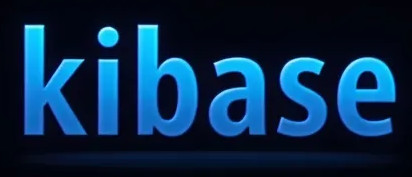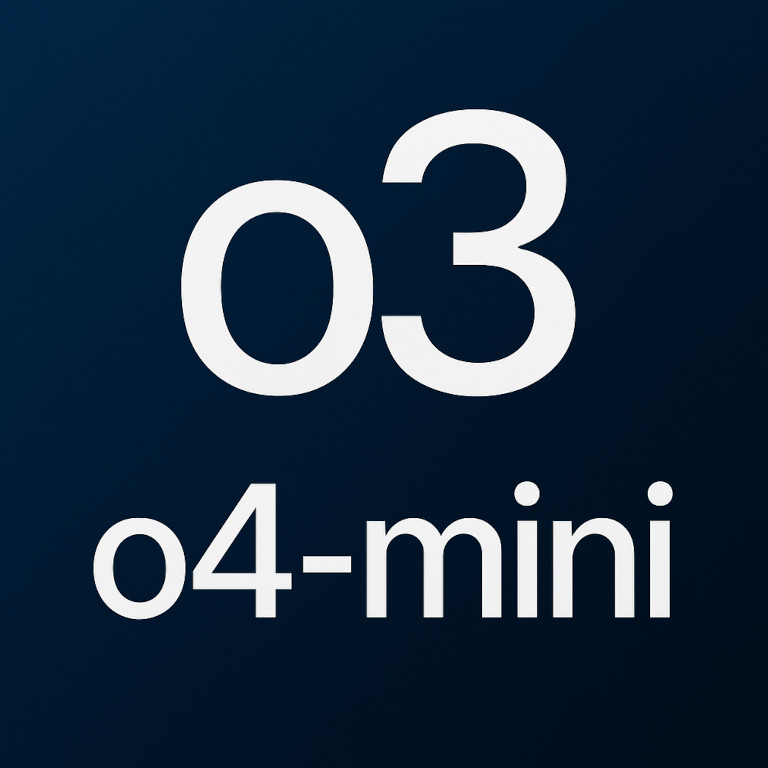Introduction
On April 16, 2025, OpenAI unveiled two new reasoning models—o3 and o4-mini—marking the next step in advanced multimodal AI. With improvements in logic, math, science, coding, and visual reasoning, the models are designed to make complex problem-solving more reliable. A stronger version, o3-pro, is also in development and expected to be available in ChatGPT and the API later this year.
What’s New: o3 & o4-mini
- o3: OpenAI’s most capable reasoning model to date, optimized for accuracy across coding, mathematics, science, and multimodal analysis.
- o4-mini: A lighter, faster, and more cost-efficient variant, designed for broader accessibility while retaining strong reasoning and vision capabilities.
- Multimodal Input: Both models accept images (diagrams, charts, screenshots) alongside text, enabling advanced visual reasoning.
- Tool Support: Fully integrated with browsing, code execution, file analysis, and more.
Performance & Use Cases
- o3 demonstrates higher reasoning accuracy and fewer failures in real-world tests than its predecessors.
- o4-mini, while smaller, performs exceptionally well in cost-sensitive, high-volume tasks and shows strength in image-based reasoning.
- Key applications: scientific data analysis, coding copilots, education, image-based Q&A, and multi-step problem solving.
Implications for ChatGPT & API
- General Availability: Both models are accessible through ChatGPT and the API.
- Future Upgrade: OpenAI plans to release o3-pro, an enhanced model offering even more reliable reasoning for critical use cases.
- Choice & Trade-offs: Developers will need to weigh speed, accuracy, and cost when choosing between o3, o4-mini, and the upcoming o3-pro.
Challenges Ahead
- Latency vs Depth: More advanced reasoning often comes with slower response times.
- Cost Efficiency: High-complexity multimodal tasks may remain resource-intensive.
- Safety & Trust: As reasoning models gain more autonomy, preventing hallucinations and misinterpretations is critical.
- Complexity of Model Lineup: Choosing the right model for each use case adds decision overhead for developers.
Conclusion
With o3 and o4-mini, OpenAI has set a new standard for reasoning AI. Their multimodal capabilities, strong tool integration, and advanced logic handling make them versatile for developers and businesses alike. As o3-pro arrives later this year, the competitive landscape for advanced reasoning AI will intensify, bringing both opportunities and challenges.
Sources
- OpenAI Model Release Notes – o3 and o4-mini (April 16, 2025): https://help.openai.com/en/articles/9624314-model-release-notes
- OpenAI System Card – o3 and o4-mini: https://cdn.openai.com/pdf/2221c875-02dc-4789-800b-e7758f3722c1/o3-and-o4-mini-system-card.pdf
- Roboflow Blog – “OpenAI o3 and o4-mini: Multimodal and Vision Analysis”: https://blog.roboflow.com/openai-o3-and-o4-mini/
- The Verge – “OpenAI’s upgraded o3 model can use images when reasoning”: https://www.theverge.com/news/649941/openai-o3-o4-mini-model-images-reasoning

